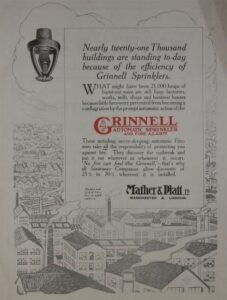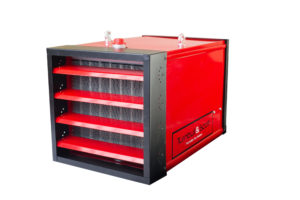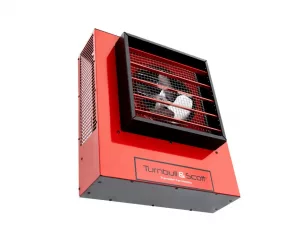History of the Thermolier Heater
In the annals of industrial history, Turnbull & Scott stands as a testament to innovation and adaptability. At the heart of our journey lies the evolution of the Thermolier, a product that has not only endured the test of time but continues to evolve to thrive in a changing industrial world.
Foundations at Mather & Platt
The roots of Thermolier trace back to Mather & Platt, an engineering giant founded in 1845 in Manchester, England. Initially, the firm thrived in the textile machinery sector, capitalizing on the boom in the Lancashire cotton industry. It was in the late 19th century that William Mather, foreseeing the potential of electricity production, laid the groundwork for the company's diversification.
In the mid 19th century, engineers on the continent and in the U.S.A. succeeded in building several crude dynamos and it became apparent that the production of electricity from mechanical power was a workable proposition. There seems no doubt that during this period William Mather, who had visited the Great Exhibition in 1851 as a boy, foresaw the possibility that the exploitation of this invention could be undertaken by his firm leading to a competitive advantage.
At the Paris Electrical Exhibition of 1881, the first major electrical exhibition, which attracted scientists from all parts of the world, a number of dynamos were exhibited. One, a machine built by Thomas A. Edison, stirred up great interest. In the following year William Mather arranged with Edison to manufacture his dynamo in this country.
Mather & Platt entered the field of electrical engineering as early as 1882 and the inventive ability of Thomas A. Edison and the scientific attainment of Dr. John and Dr. Edward Hopkinson were combined to produce the first electric generators. These early Mather & Platt machines marked a definite advance in electrical engineering and many of the original Edison-Hopkinson dynamos were known to be running in various parts of the world at least forty - and probably many more - years later.



